Top Ten Rules for Hiring a Kick-Ass Photo Crew – Part 1
BOTTOM PHOTO: Lighting Test: Anthony Dwiers, Ashley Deonne, Cherry Gardner, Christian Arias. Photo by Nick Saglimbeni © Slickforce Inc.
With the release of Mastering Lighting, so many of you have been messaging me, sharing your shooting adventures as you advance into the wild world of professional lighting. One recurring theme in your questions is in regards to putting your crew together. A reliable team is essential for pulling off larger-scale productions, so here are my top ten rules when I am considering hiring someone to join the Slickforce crew. (Part 1 of 2)
10. Look for people who enjoy working on a team.
This may seem obvious, but one of the most common issues with hiring an artistic crew is that artists often have a difficult time embracing a supporting role. But anyone who truly seeks knowledge understands that you always learn more from experience than from thinking you already know all the answers. A team player should make everyone on the team look good, and take pride in knowing how much they are helping, rather than by how much their ego is being stroked.
My first entertainment job was interning for director John Woo (The Killer, Face/Off, Mission: Impossible 2). During that time, I made lots of copies, delivered packages, and picked people up from the airport. Even though I wanted to be in the director’s chair, I knew I was there to be helpful to others—and that nobody hired me for my opinion. I was just so excited to be around a talented team I could learn from. And boy, did I learn a lot.
9. Professionalism comes before talent.
We live in an age where everyone thinks of themselves as an artist on some level, and that’s a good thing—mostly. But let’s face it, sometimes artists can be flaky. All too often, calling oneself an artist is just cover for “I resist any form of structure” or “I can’t be bothered to work on your schedule (bro).” These people give artists a bad name. A real artist knows that his or her reputation is everything, and unless you’re a one-person show, people need to be able to rely on you. Being on time is critical. One person being late can completely derail a shoot’s momentum.
In terms of skill level, some artists are talented right out of the gate, and others develop their talent over time (being around a positive, focused team does wonders.) But I’ll tell you this—no amount of talent is worth an inflexible ego and a disregard for others’ time. Talent may get you your 15 minutes of fame—being a professional will keep you there.
8. Strong attitude is better than strong muscles.
I said it in Mastering Lighting, and I’ll say it again: most of our Slickforce team is female. Don’t get me wrong, we’ve had some quality male assistants, but overall, I find women to be better collaborators than men. The women we’ve worked with—who are each incredibly gifted artists in their own right—genuinely enjoy both being on team and having access to a greater network and resource pool than they would alone.
On top of that, when you’re in the business of photographing beautiful women, I find that female assistants just make the models more comfortable. And that is always one of our top priorities. The men may come with a bit more muscle, but a positive, team-oriented attitude goes much further in helping produce a successful shoot. Besides, photography gear really isn’t that heavy, so let’s not be dramatic. It’s mostly plastic and aluminum, you’ll survive.
7. Never hire anyone who doesn’t prioritize safety.
One of my favorite things about attending film school was the repeated focus on safety. We were working with heavy, powerful, electrical equipment, sometimes on rooftops, or in the middle of a road, and if you didn’t know what you were doing, it could be your last shoot. Don’t delude yourself, there are a million ways to die or get injured making art. Very rarely are you sitting in a room painting a canvas. Educate yourself aggressively on safety, because you owe it to everyone on your team to create a safe working environment where you can realize your visions. Your team should follow your lead—or better yet, they’ll come equipped with new knowledge that you didn’t already have. Now everyone is learning.
6. A good assistant should be anticipating your next move.
Too many times, an assistant will wait to be told what to do before moving. And this is fine—in fact, preferred—if the person is brand new. However, if someone has been with you for more than a few shoots, then they should start to get a feel for your routine. The right assistant will be listening more than talking, and enjoys being productive and helpful. If you mention something isn’t working, they are already thinking of solutions to the problem. If you really hit the jackpot, they are anticipating your next setup and solving problems before they even occur. In that case, I recommend taking pictures for evidence and handcuffing them to the radiator immediately.
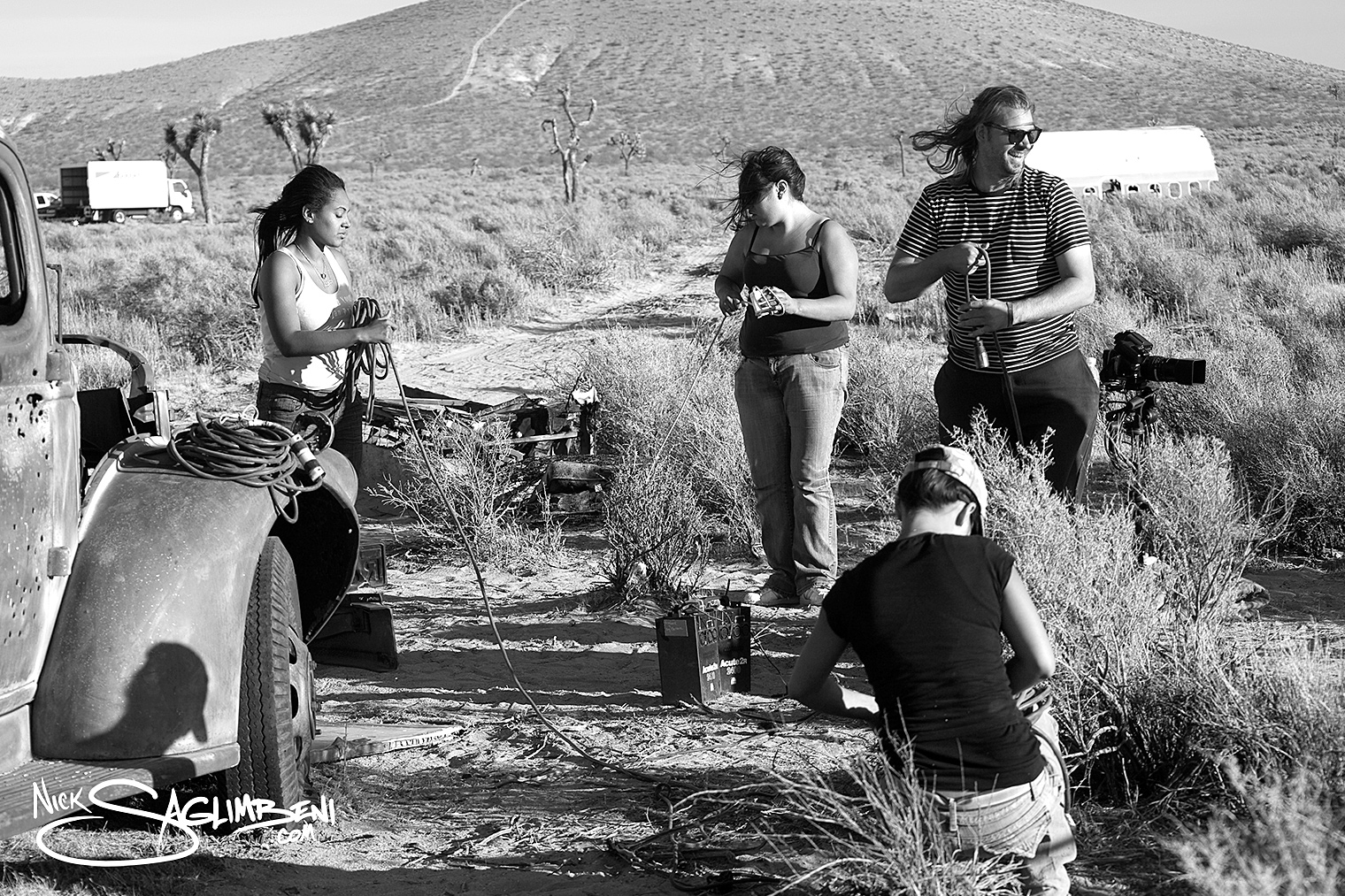 |
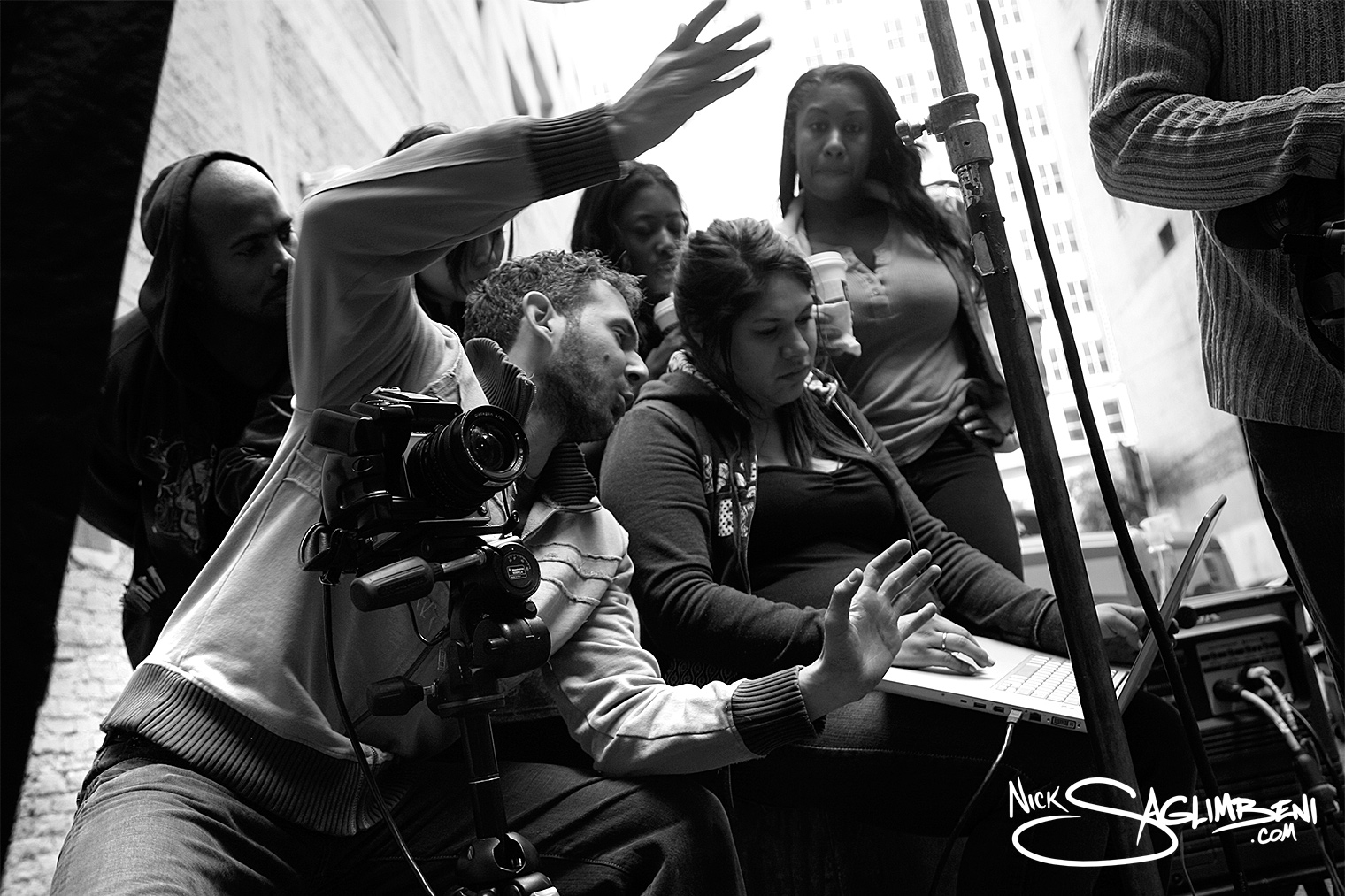 |








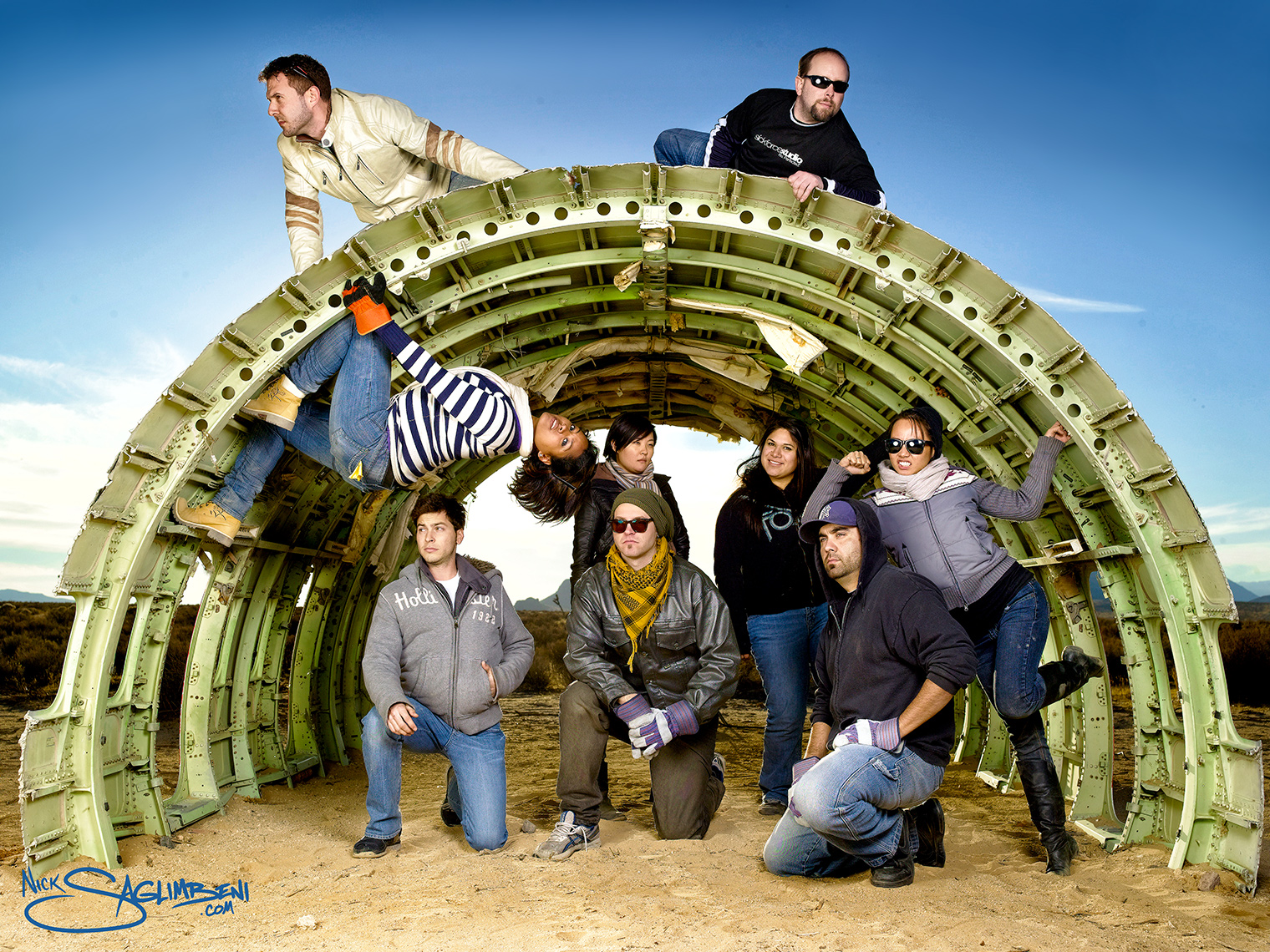








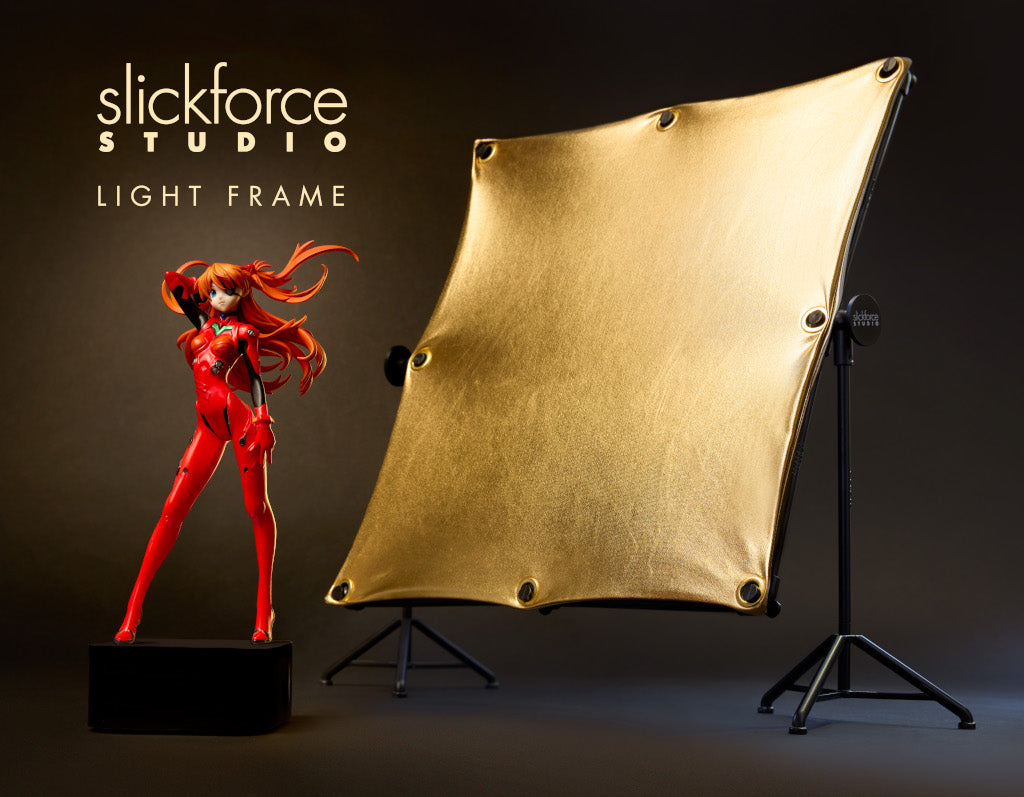
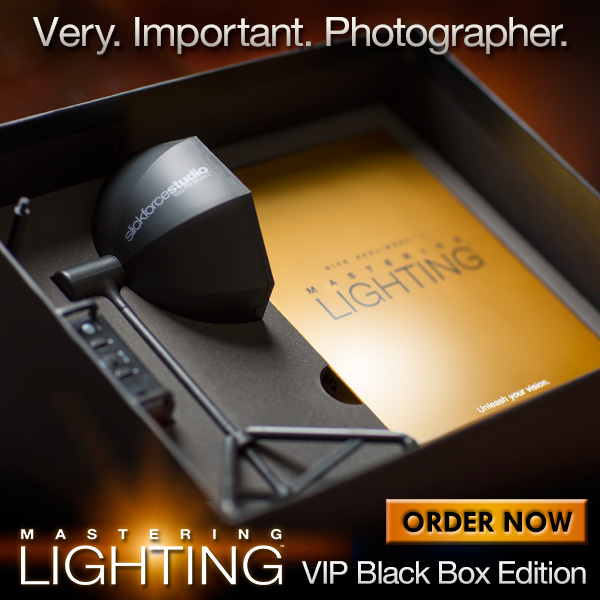

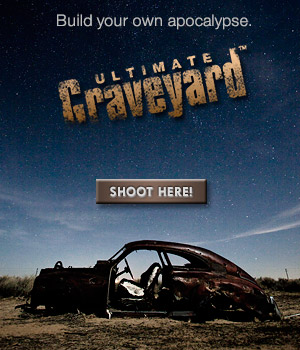
You never cease to amaze and inspire me. 🙂
Number 6 is the best!!!